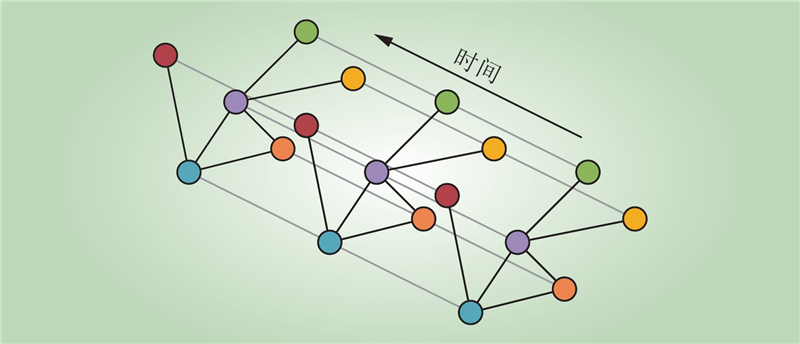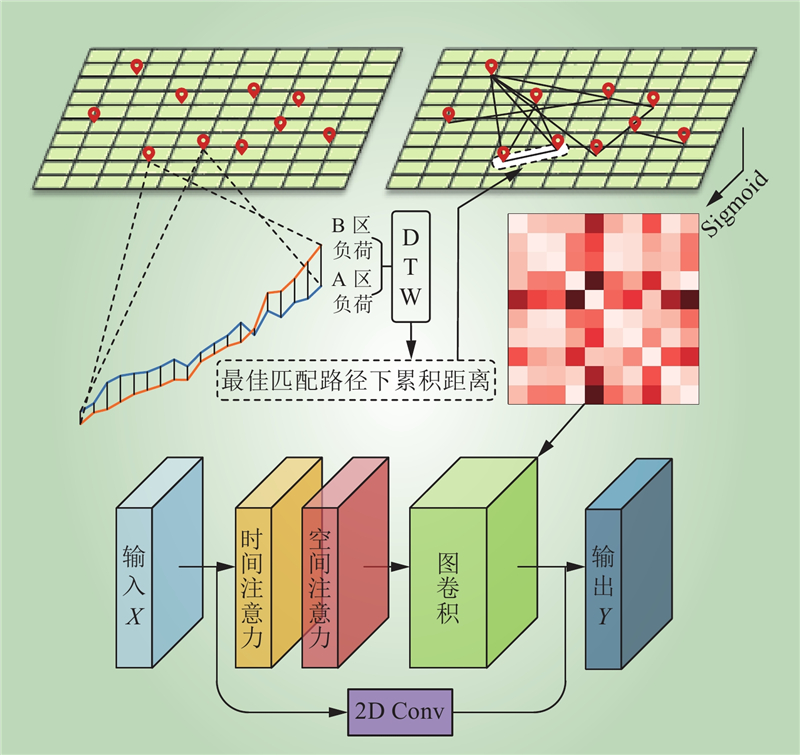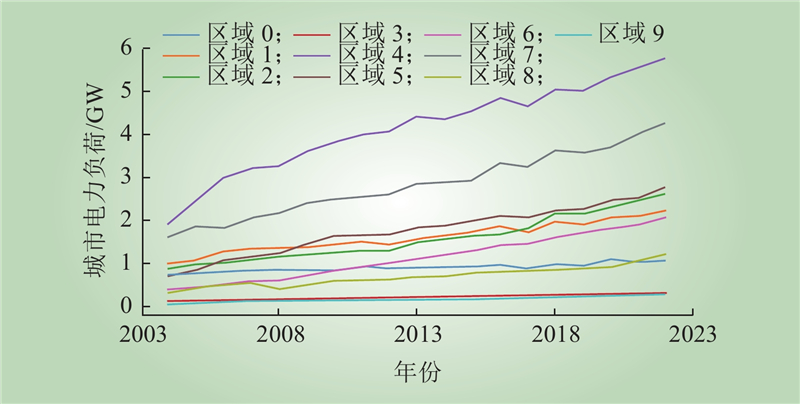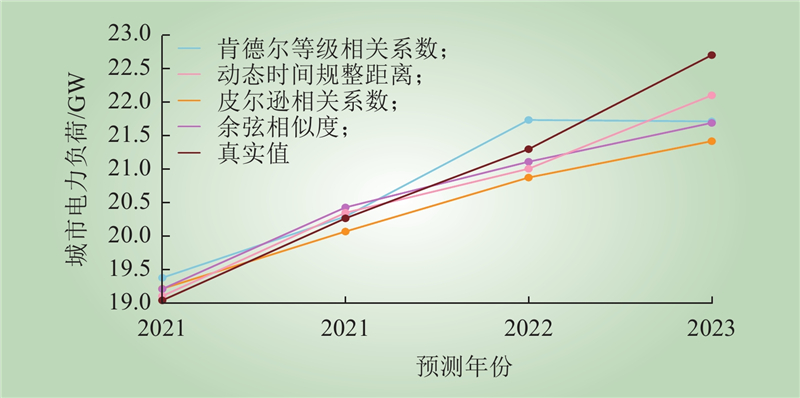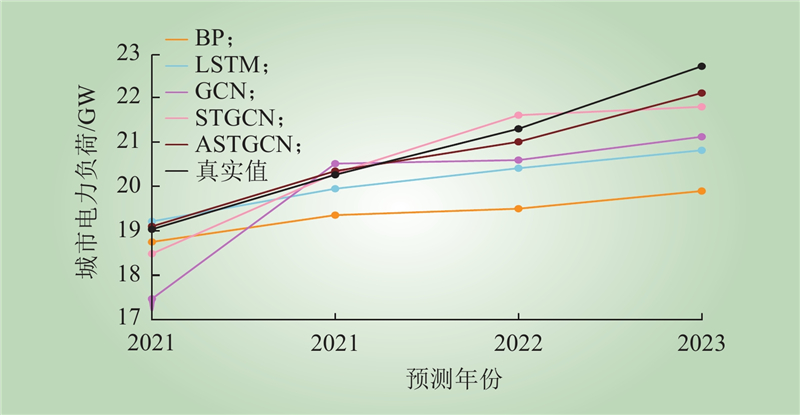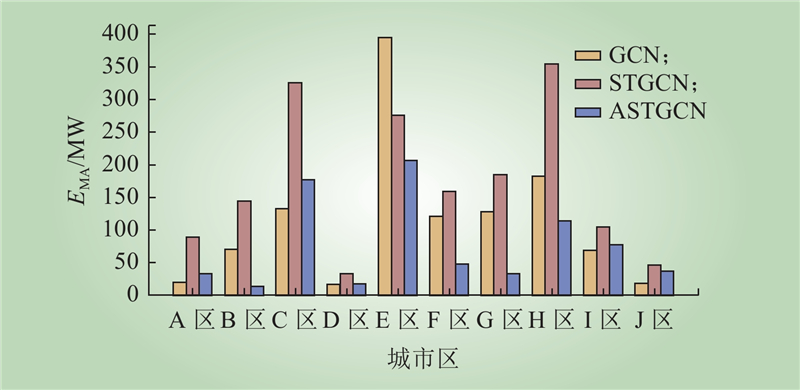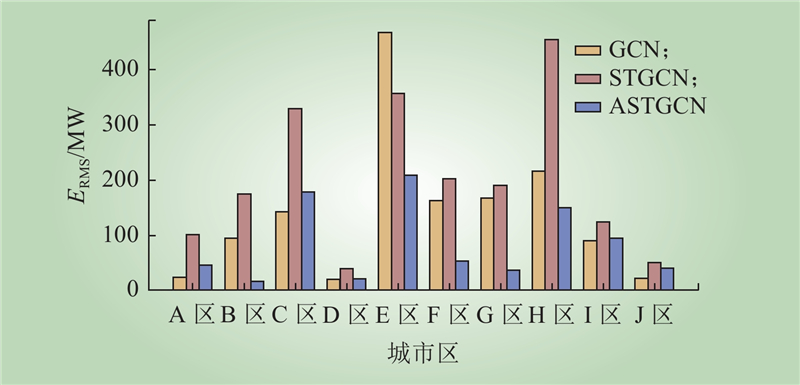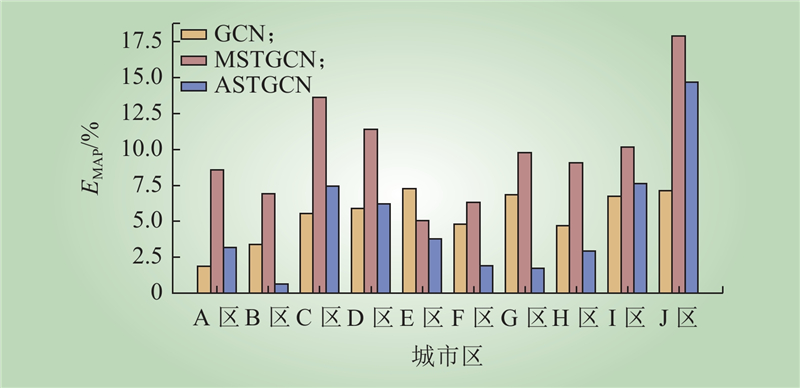| 1 |
吴桐, 惠红勋, 张洪财. 商业建筑空调系统参与城市电网负荷调控综述[J]. 中国电力, 2023, 56 (7): 1- 11.
|
|
WU Tong, HUI Hongxun, ZHANG Hongcai. Review of commercial air conditioners for participating in urban grid regulation[J]. Electric Power, 2023, 56 (7): 1- 11.
|
| 2 |
王新刚, 赵舫, 朱文君. 基于综合能源计量数据的区域用能特性分析[J]. 中国电力, 2022, 55 (9): 140- 145.
|
|
WANG Xingang, ZHAO Fang, ZHU Wenjun. Pattern analysis of regional energy consumption based on integrated energy measurement data[J]. Electric Power, 2022, 55 (9): 140- 145.
|
| 3 |
岳付昌, 刘晗, 苏晓东, 等. 考虑负荷侧电能替代的区域配电网碳溯源方法[J]. 广东电力, 2024, 37 (2): 47- 55.
DOI
|
|
YUE Fuchang, LIU Han, SU Xiaodong, et al. Carbon tracing method for regional distribution networks considering load side electricity substitution[J]. Guangdong Electric Power, 2024, 37 (2): 47- 55.
DOI
|
| 4 |
王坤, 李树旭, 李俊杰, 等. 促进用户负荷特性优化的分时电价机制设计方法[J]. 山东电力技术, 2024, 51 (4): 36- 46.
|
|
WANG Kun, LI Shuxu, LI Junjie, et al. Design method for time-of-use tariff mechanism to promote user load characteristics optimization[J]. Shandong Electric Power, 2024, 51 (4): 36- 46.
|
| 5 |
盖超, 张凯, 陈佳, 等. 考虑需求响应的典型场景综合能源系统规划研究[J]. 山东电力技术, 2023, 50 (11): 75- 86.
|
|
GAI Chao, ZHANG Kai, CHEN Jia, et al. Research on the planning for integrated energy system planning of typical scenarios considering demand response[J]. Shandong Electric Power, 2023, 50 (11): 75- 86.
|
| 6 |
许青, 张龄之, 梁琛, 等. 基于联合时序场景和改进TCN的高比例新能源电网负荷预测[J]. 广东电力, 2024, 37 (1): 1- 7.
|
|
XU Qing, ZHANG Lingzhi, LIANG Chen, et al. Short-term load forecasting for power system with high proportion new energy based on joint sequential scenario and improved TCN[J]. Guangdong Electric Power, 2024, 37 (1): 1- 7.
|
| 7 |
马永翔, 韩子悦, 闫群民, 等. 考虑电动汽车充电负荷及储能寿命的充电站储能容量配置优化[J]. 电网与清洁能源, 2024, 40 (4): 92- 101.
DOI
|
|
MA Yongxiang, HAN Ziyue, YAN Qunmin, et al. Optimization of storage capacity allocation at charging stations considering EV charging load and storage lifetime[J]. Power System and Clean Energy, 2024, 40 (4): 92- 101.
DOI
|
| 8 |
邢海青, 郭瑞峰, 杨浙川, 等. 基于数据扩充与无阈值递归图的非侵入式负荷识别方法[J]. 浙江电力, 2024, 43 (6): 88- 100.
|
|
XING Haiqing, GUO Ruifeng, YANG Zhechuan, et al. A non-intrusive load identification method based on data augmentation and threshold-free recurrence plot[J]. Zhejiang Electric Power, 2024, 43 (6): 88- 100.
|
| 9 |
李灏恩, 姜雨萌, 戚宇辰, 等. 碳中和目标下电力需求预测体系构建及华东区域电力需求发展趋势研究[J]. 电网与清洁能源, 2024, 40 (2): 30- 36.
DOI
|
|
LI Haoen, JIANG Yumeng, QI Yuchen, et al. A study on the construction of the power demand forecasting system under carbon neutrality goal and the development trend of power demand in East China[J]. Power System and Clean Energy, 2024, 40 (2): 30- 36.
DOI
|
| 10 |
伏绍鑫, 张路, 唐翰峰, 等. 考虑柔性电热负荷的区域综合能源系统低碳经济调度[J]. 电力科技与环保, 2023, 39 (5): 417- 428.
|
|
FU Shaoxin, ZHANG Lu, TANG Hanfeng, et al. Low-carbon economic dispatch of community integrated energy system considering flexible electric heating load[J]. Electric Power Technology and Environmental Protection, 2023, 39 (5): 417- 428.
|
| 11 |
李彬, 田珂, 陈淑娇, 等. 面向新型电力负荷管理的多层级动态调控方案设计与技术研究[J]. 内蒙古电力技术, 2023, 41 (5): 3- 11.
|
|
LI Bin, TIAN Ke, CHEN Shujiao, et al. Design and technical research of multi-level dynamic regulation scheme for new power load management[J]. Inner Mongolia Electric Power, 2023, 41 (5): 3- 11.
|
| 12 |
郑圣, 谭书平, 张清周, 等. 基于负荷场景多层聚类的储能精细化规划研究[J]. 浙江电力, 2024, 43 (2): 79- 87.
|
|
ZHENG Sheng, TAN Shuping, ZHANG Qingzhou, et al. Research on refined energy storage planning based on multi-layer clustering of load scenarios[J]. Zhejiang Electric Power, 2024, 43 (2): 79- 87.
|
| 13 |
马嘉晨, 袁满, 杨德友, 等. 用于提升风电消纳能力的高载能负荷调度策略研究[J]. 东北电力大学学报, 2024, 44 (2): 79- 87.
|
|
MAN Jiachen, YUAN Man, YANG Deyou, et al. Research on high-energy load dispatching strategy usedto improve wind power ability[J]. Journal of Northeast Electric Power University, 2024, 44 (2): 79- 87.
|
| 14 |
胡苏筠, 曹瑛, 张霞, 等. 基于改进SAX算法与贝叶斯超参数优化的配电网负荷-馈线智能匹配方法[J]. 浙江电力, 2023, 42 (7): 76- 85.
|
|
HU Suyun, CAO Ying, ZHANG Xia, et al. An intelligent load-feeder matching method of distribution networks based on an improved SAX algorithm and Bayesian hyperparameter optimization[J]. Zhejiang Electric Power, 2023, 42 (7): 76- 85.
|
| 15 |
严通煜, 杨迪珊, 项康利, 等. 基于时间分解技术的中远期逐时负荷预测模型[J]. 电力系统保护与控制, 2019, 47 (6): 110- 117.
DOI
|
|
YAN Tongyu, YANG Dishan, XIANG Kangli, et al. Mid-long term hourly load forecasting model based on time decomposition[J]. Power System Protection and Control, 2019, 47 (6): 110- 117.
DOI
|
| 16 |
王继东, 于俊源, 孔祥玉. 基于双重分解和双向长短时记忆网络的中长期负荷预测模型[J]. 电网技术, 2024, 48 (8): 3418- 3426.
|
|
WANG Jidong, YU Junyuan, KONG Xiangyu. Medium-and long-term load forecasting model based on double decomposition and BiLSTM[J]. Power System Technology, 2024, 48 (8): 3418- 3426.
|
| 17 |
肖白, 杨欣桐, 田莉, 等. 计及元胞发展程度的空间负荷预测方法[J]. 电力系统自动化, 2018, 42 (1): 61- 67.
DOI
|
|
XIAO Bai, YANG Xintong, TIAN Li, et al. Spatial load forecasting method based on development degree of cell[J]. Automation of Electric Power Systems, 2018, 42 (1): 61- 67.
DOI
|
| 18 |
刘自发, 庞铖铖, 王泽黎, 等. 基于云理论和元胞自动机理论的城市配电网空间负荷预测[J]. 中国电机工程学报, 2013, 33 (10): 98- 105, 13.
|
|
LIU Zifa, PANG Chengcheng, WANG Zeli, et al. Spatial load forecasting for distribution network based on cloud theory and cellular automata[J]. Proceedings of the CSEE, 2013, 33 (10): 98- 105, 13.
|
| 19 |
张鹏飞, 胡博, 何金松, 等. 基于时空图卷积网络的短期空间负荷预测方法[J]. 电力系统自动化, 2023, 47 (13): 78- 85.
DOI
|
|
ZHANG Pengfei, HU Bo, HE Jinsong, et al. Short-term spatial load forecasting method based on spatio-temporal graph convolutional network[J]. Automation of Electric Power Systems, 2023, 47 (13): 78- 85.
DOI
|
| 20 |
赵紫昱, 陈渊睿, 陈霆威, 等. 基于时空图注意力网络的超短期区域负荷预测[J]. 电力系统自动化, 2024, 48 (12): 147- 155.
DOI
|
|
ZHAO Ziyu, CHEN Yuanrui, CHEN Tingwei, et al. Ultra-short-term regional load forecasting based on spatio-temporal graph attention network[J]. Automation of Electric Power Systems, 2024, 48 (12): 147- 155.
DOI
|
| 21 |
赵洪山, 吴雨晨, 温开云, 等. 基于时空注意力机制的台区多用户短期负荷预测[J]. 电工技术学报, 2024, 39 (7): 2104- 2115.
|
|
ZHAO Hongshan, WU Yuchen, WEN Kaiyun, et al. Short-term load forecasting for multiple customers in A station area based on spatial-temporal attention mechanism[J]. Transactions of China Electrotechnical Society, 2024, 39 (7): 2104- 2115.
|
| 22 |
陈泽西, 孙玉树, 张妍, 等. 考虑风光互补的储能优化配置研究[J]. 电工技术学报, 2021, 36 (S1): 145- 153.
|
|
CHEN Zexi, SUN Yushu, ZHANG Yan, et al. Research on energy storage optimal allocation considering complementarity of wind power and PV[J]. Transactions of China Electrotechnical Society, 2021, 36 (S1): 145- 153.
|
| 23 |
于群, 霍筱东, 何剑, 等. 基于斯皮尔曼相关系数和系统惯量的中国电网停电事故趋势预测[J]. 中国电机工程学报, 2023, 43 (14): 5372- 5381.
|
|
YU Qun, HUO Xiaodong, HE Jian, et al. Trend prediction of power blackout accidents in Chinese power grid based on Spearman’s correlation coefficient and system inertia[J]. Proceedings of the CSEE, 2023, 43 (14): 5372- 5381.
|
| 24 |
王冬梅, 史少雄, 路敬祎. VMD-HD-KT去噪法在管道泄漏信号中的去噪应用[J]. 吉林大学学报(信息科学版), 2023, 41 (2): 202- 206.
|
|
WANG Dongmei, SHI Shaoxiong, LU Jingyi. Application of VMD-HD-KT denoising method in gas pipeline leakage detection[J]. Journal of Jilin University (Information Science Edition), 2023, 41 (2): 202- 206.
|



